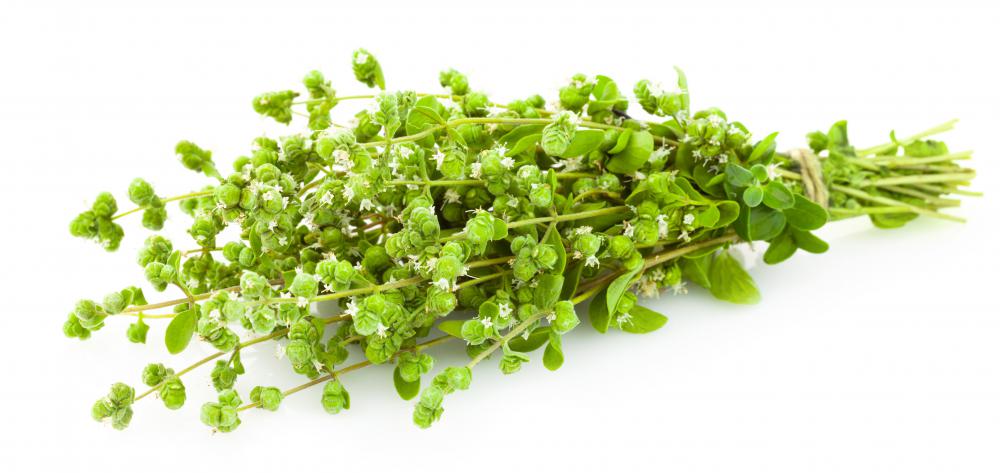At WiseGEEK, we're committed to delivering accurate, trustworthy information. Our expert-authored content is rigorously fact-checked and sourced from credible authorities. Discover how we uphold the highest standards in providing you with reliable knowledge.
What are Different Types of Rock Garden Plants?
The plants that grow best in rock gardens are compact, clumping, and slow-growing. Rock garden plants thrive in well-drained soil, are drought tolerant, and tolerate full sun to partial shade. Since rock gardens mimic conditions found in mountainous, rocky soil, plants that are found naturally in mountainous areas do well in rock gardens. Some examples include succulents, sedum, lamb’s ears, and columbine.
Before planting a rock garden, it’s best to carefully plan the location and conditions. A stand of native trees and shrubs can serve as a tall back drop to a rock garden and keep it from looking artificial. Plants appreciate shelter from the wind but still need some sunlight. Planting beneath the dense foliage of mature trees may best be avoided.

Rock garden plants should be less than a foot (about 30 cm) tall and hardy to -20º Fahrenheit (-29 Celsius). Hardy geranium, edelweiss, and creeping phlox are all sun-loving rock garden plants that provide interesting foliage and flower at varying times of the year. Thyme is an herb that can be grown in cracks and crevices in rock gardens, in inhospitable, full-sun areas where other plants will not grow. Many varieties of thyme will tolerate light foot traffic as well. Oregano is another herb that is a little taller than thyme and grows well in rocky, sunny, terraced locations.

Other options include the hosta, with its large, broad, leaves, and the fern, with its wispy fronds; both can add nice texture to shady areas. In sunnier areas, sedum and hens and chicks are two low-growing rock garden plants that add interesting texture as well. Succulents are most attractive when paired with taller plant varieties, such as grassy tufts of thrift.
Groups of plants that have varying heights can add visual interest to a rock garden. A mixture of low, mounding plants and clumps of uprights, planted in front of a backdrop of low shrubs can create a natural looking rock garden. Single specimens should be used sparingly. In nature, plants typically occur in groups with adjacent groupings providing contrasting textures and colors.
The popularity of rock gardens initially grew out of a fascination with growing alpine plants in the early 20th century. Prior to this time, alpine plants were unknown or unavailable in much of the world. Their availability inspired many gardeners to try to grow the exotic, new specimens. A simplified version of these 20th century experimental rock gardens remains popular because the natural form of the gardens adds a point of interest to modern gardens. Rock gardens also offer intriguing options for dealing with sloped and terraced areas of gardens.
AS FEATURED ON:
AS FEATURED ON:












Discuss this Article
Post your comments